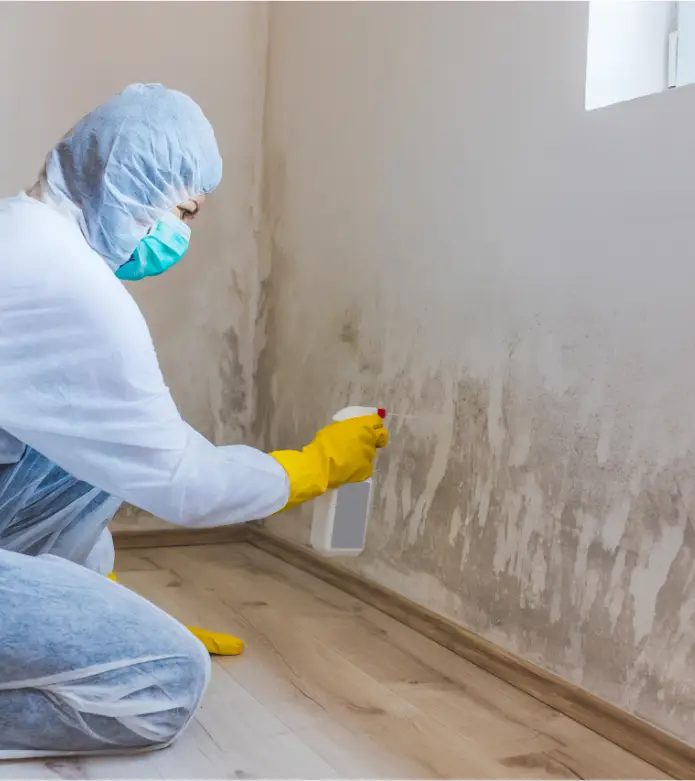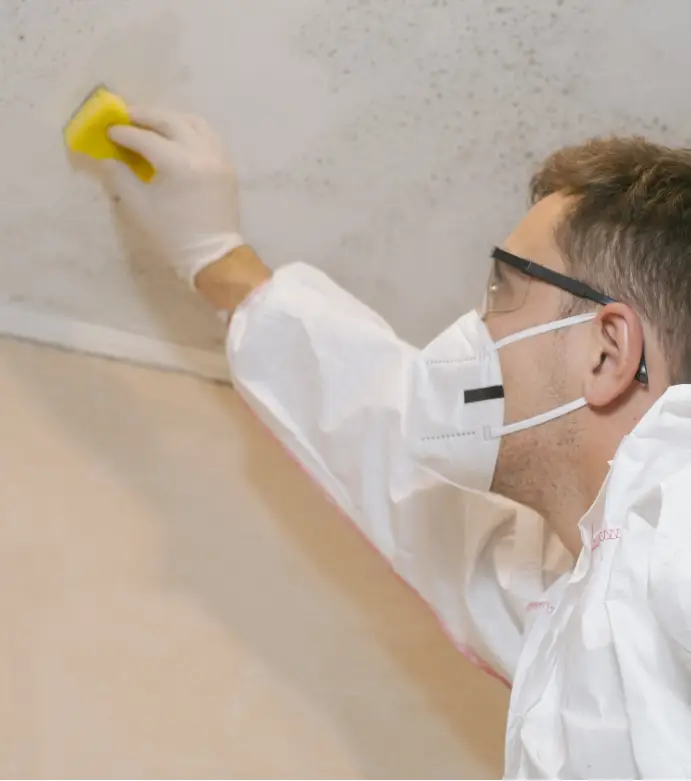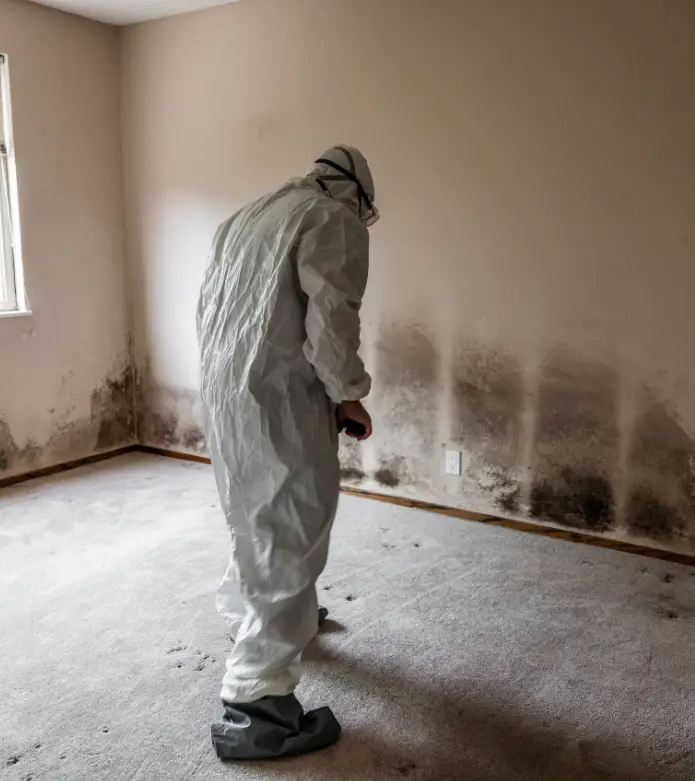
Mold can be a serious problem for homeowners in Colorado due to fluctuating humidity levels, snowmelt, and basement moisture issues. According to the Environmental Protection Agency (EPA), mold can start growing within 24-48 hours of water exposure, making early detection and action crucial.
If left untreated, mold can cause structural damage and health risks. If you suspect mold in your home, understanding the mold remediation process is essential. This guide will walk you through each step so you know what to expect when hiring a professional mold remediation company in Colorado.
The first step in the mold remediation process is a thorough mold inspection and assessment. A certified mold remediation specialist will:
Mold thrives in damp environments, so eliminating the moisture source is crucial before starting remediation. Professionals will:
Once mold is identified, containment measures prevent spores from spreading to other parts of your home. This includes:


Mold remediation experts will remove and dispose of mold-infested materials based on the severity of contamination. This may include:
After removing contaminated materials, professionals clean and disinfect all surfaces to prevent mold regrowth. This includes:
Once the mold is removed, the area must be dried completely to prevent future mold problems. This involves:
After completing the remediation process, professionals conduct a final inspection to ensure all mold is gone. This step includes:
The duration of mold remediation depends on several factors, including the severity of the infestation and the size of the affected area:
After remediation, keeping your home mold-free requires ongoing maintenance. Follow these tips:

Understanding what to expect during the mold remediation process can help Colorado homeowners make informed decisions when dealing with mold problems. By working with a professional mold remediation specialist, you can ensure safe and effective mold removal, preventing future issues and protecting your home’s health and value.
Don’t wait for the problem to get worse. Contact a certified mold remediation expert today for an inspection and ensure your home stays mold-free!